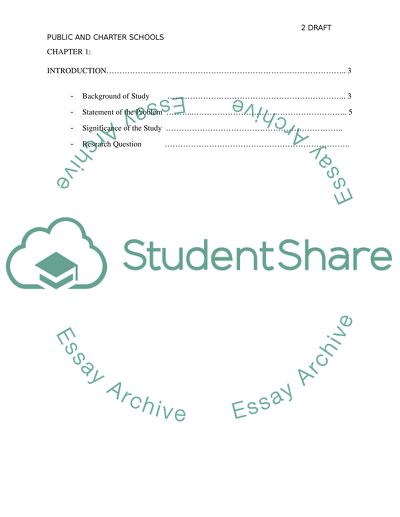Cite this document
(“The New York Public schools and New York Charter Schools Dissertation”, n.d.)
Retrieved de https://studentshare.org/education/1390814-comparing-nyc-public-and-nyc-charter-schools
Retrieved de https://studentshare.org/education/1390814-comparing-nyc-public-and-nyc-charter-schools
(The New York Public Schools and New York Charter Schools Dissertation)
https://studentshare.org/education/1390814-comparing-nyc-public-and-nyc-charter-schools.
https://studentshare.org/education/1390814-comparing-nyc-public-and-nyc-charter-schools.
“The New York Public Schools and New York Charter Schools Dissertation”, n.d. https://studentshare.org/education/1390814-comparing-nyc-public-and-nyc-charter-schools.


